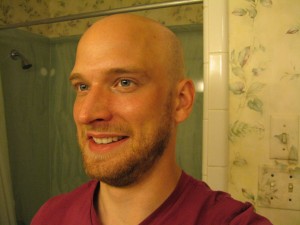What is forgiveness? According to the American Psychological Association,
Forgiveness is a process (or the result of a process) that involves a change in emotion and attitude regarding an offender. Most scholars view this an intentional and voluntary process, driven by a deliberate decision to forgive.
I’ve tried this process many times when dealing with situations in which others hurt me or I hurt myself. I suppose I have succeeded according to the above definition, because I did undergo a change in emotion and attitude regarding the offender, whether myself or another person. However, what I rarely, if ever, achieved was complete release from the situation. As much as I wanted to or tried, I simply could not erase the consequences the offense generated in my life, whether big or small.
Recently, I have adopted a different strategy. Some may view this new perspective as wishful thinking or cheating, but hey, for me it works beautifully.
Several science fiction movies I have watched recently contain time travel. In some of these, the “same” person was actually a different person (i.e. a person traveled back in time to interact with their former self). These two “people” while linked through consequences, were nonetheless distinct.
How does this relate to forgiveness? Well, suppose someone wronged “you” a year ago. Under this model, they didn’t actually wrong you, they wronged the you that existed (or exists) a year ago. Also, the offender is not the person you know now, but rather their former self that existed a year ago. What this means is that neither the person that committed the offense, nor the one offended even exist now. Forgiveness then is just to realize this and the negative energy and emotions fade away almost magically.
It may sound weird, but I can testify that it is better than any other process of forgiveness I have tried. So, the next time you do something stupid and are beating yourself up over it or someone slights you and you can’t get over the negative feelings you have for them, give this process of forgiveness a whirl and then share with me the results.
